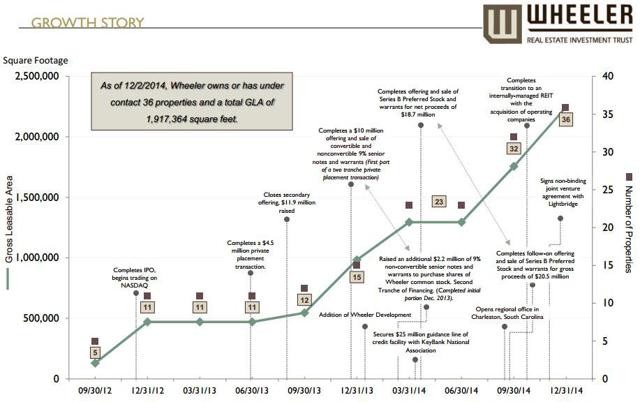Preferred Stock ETFs and the Road Ahead
Post on: 13 Июль, 2015 No Comment

Although preferred stock ETFs have been popular with retired investors, their popularity could rapidly fade as the Fed increases interest rates.
Retired investors have been enjoying the advantages offered by preferred stock ETFs. These ETFs invest only in preferred shares of stock, which combine the features of stocks and bonds. If a company goes bankrupt, preferred stockholders stand right behind bondholders in terms of their priority as creditors, while common stockholders usually become bagholders.
One of the advantages of preferred shares for retired investors is their lack of volatility. They are not as susceptible to the wild swings made by common stock. The resulting drawback is the lack of participation in rallies which occur, when common stock share prices skyrocket.
As is the case with bonds, preferred shares have maturity dates. Some preferred shares have no maturity dates and the yields are at fixed rates (perpetual preferred stocks). The big benefit for retirees is that preferred stocks pay juicy dividends. Once again, the bondholders get the best dividend yields; preferred shareholders get the second-best dividend yields and common stockholders don’t usually care about the dividends because they are often too small to appear on a radar screen.
There are a number of preferred stock ETFs available which have been performing well – so far. The big concern, which has been a focus of commentary by investment pundits since the Federal Reserve’s taper began, is the impact of rising interest rates on preferred shares. As a result, investment advisors have been dissuading people from investing in preferred stock ETFs for the past year. Nevertheless, a look at the charts for most of these ETFs will demonstrate some impressive performances. On the other hand, once the Federal Reserve decides to “normalize” the federal funds rate from its zero – 0.25 percent level, those charts could get very ugly, very quickly. As is the case with bonds, preferred shares with longer durations (or later maturity dates) will sustain the most significant impact from rising interest rates. Worse yet, perpetual preferred stocks will be hit the hardest.
The last word: If you feel comfortable that the Fed’s forward guidance will give you a “heads up” in time to bail out while maintaining a profit, or if you feel confident that your stop loss orders will keep you out of trouble, you might want to consider one of the following preferred stock ETFs:

iShares S&P Preferred Stock Index Fund (NYSEARCA:PFF)
PowerShares Preferred Stock Portfolio ETF ((NYSEARCA:PGX)
PowerShares Financial Preferred Portfolio ETF ((NYSEARCA:PGF)














